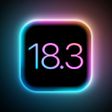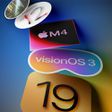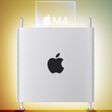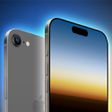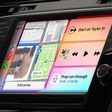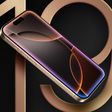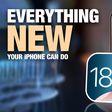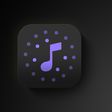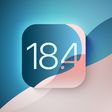It is now over six months since Apple launched the current iPad Pros, and with a substantial update rumored for the next-generation, when exactly are the new models expected to launch?
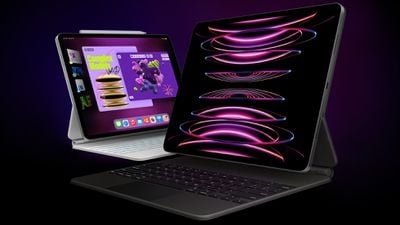
The current 11- and 12.9-inch iPad Pro models were released in October 2022, adding the M2 chip, Apple Pencil hover, Smart HDR 4, Wi‑Fi 6E, and Bluetooth 5.3 – another minor refresh like the fifth-generation iPad Air. The next-generation is shaping up to be a big update to the device, offering more advanced chip technology, new displays, and potentially a redesign.
With the current- and previous-generation iPad Pro models featuring M-series chips, and the 2022 refresh making the leap to the M2 chip, the M3 chip is the most likely chip to be included in the next-generation iPad Pro. The M3 chip is expected to be manufactured using TSMC's 3nm process, bringing the biggest performance and efficiency boost to Apple's chips in several years. The first Apple devices with M3 chips are not likely to appear until the second half of 2023 at the earliest, which seemingly rules out a new iPad Pro anytime soon.
Moreover, the main feature rumored for the next-generation iPad Pro is OLED – a display upgrade that has been rumored for well over a year. Dozens of reports from multiple sources are consistent that iPad Pro models with OLED displays are scheduled to launch in 2024, rather than this year. The OLED displays Apple is planning to use will reportedly be more durable and enable thinner and more lightweight device designs, and they could have slimmer bezels with the display size options increasing from 11- to 11.1-inches and 12.9- to 13-inches.
The iPad Pro has had the same design for four successive generations since 2018, and it looks like the device could finally get a redesign in its next incarnation. It is not entirely clear what the new design could look like, but a thinner and lighter device with a glass back or larger glass Apple logo to enable wireless charging seems plausible based on current rumors. The device could also switch from a default portrait orientation to a landscape design – a change seemingly supported by the relocation of the iPad mini's volume buttons and the latest entry-level iPad's landscape front-facing camera.
The iPhone 15 lineup is rumored to move to a slightly more contoured design with glass that curves at the edges on the front and back, so a similar design for the new iPad Pro is not out of the question.
The one thing that is clear about the next major iPad Pro update according to rumors is that it will not launch in 2023, meaning that the chances of a new iPad Pro models this year seem to be very low. Apple waited over 18 months between the 2021 and 2022 iPad Pros, and if a similar timeline was followed again, the next-generation iPad Pro would launch in May 2024. This approximate time frame also seems plausible in terms of what is expected from Apple's chip roadmap. All in all, the next-generation iPad Pro is likely just under a year away.


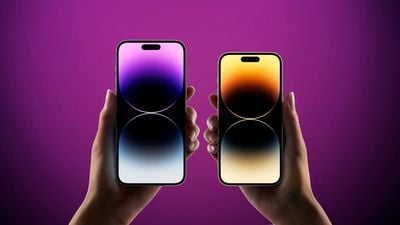
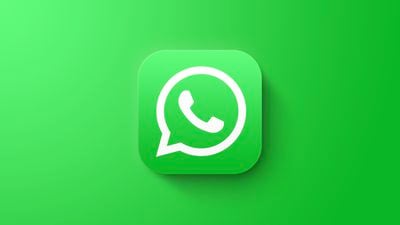
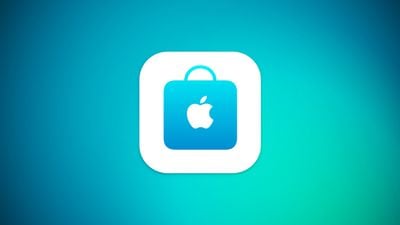
 Note: MacRumors is an affiliate partner with some of these vendors. When you click a link and make a purchase, we may receive a small payment, which helps us keep the site running.
Note: MacRumors is an affiliate partner with some of these vendors. When you click a link and make a purchase, we may receive a small payment, which helps us keep the site running.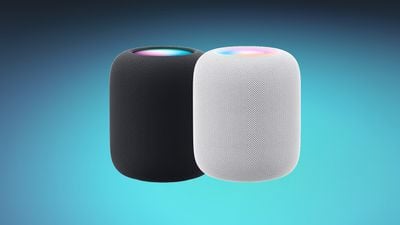
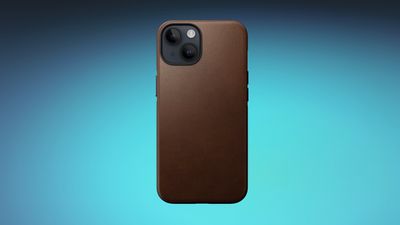
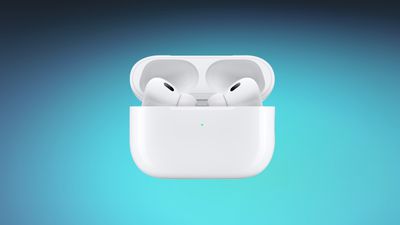
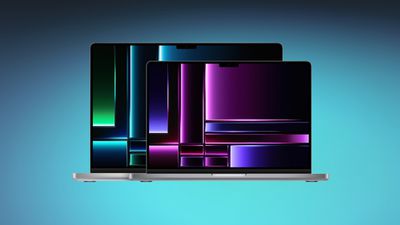
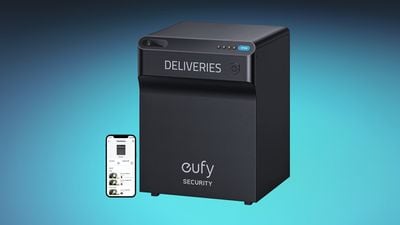
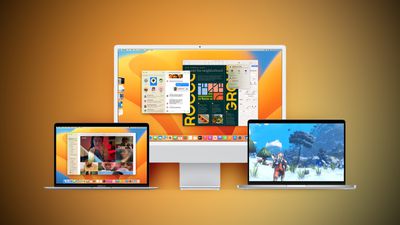
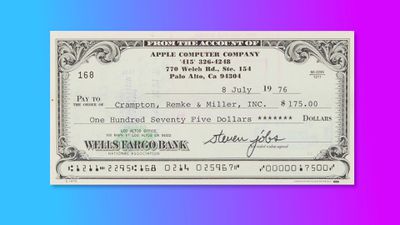
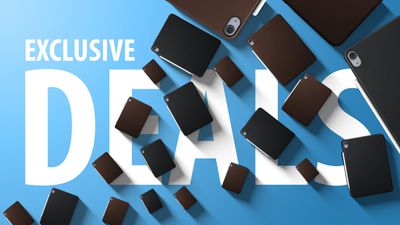 Note: MacRumors is an affiliate partner with Nomad. When you click a link and make a purchase, we may receive a small payment, which helps us keep the site running.
Note: MacRumors is an affiliate partner with Nomad. When you click a link and make a purchase, we may receive a small payment, which helps us keep the site running.
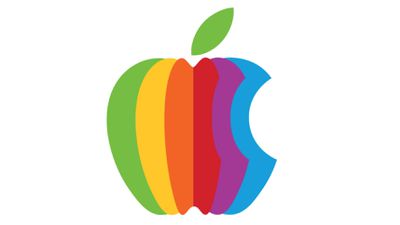
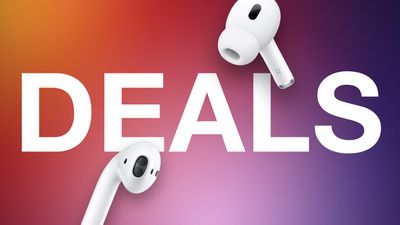 Note: MacRumors is an affiliate partner with Verizon and Amazon. When you click a link and make a purchase, we may receive a small payment, which helps us keep the site running.
Note: MacRumors is an affiliate partner with Verizon and Amazon. When you click a link and make a purchase, we may receive a small payment, which helps us keep the site running.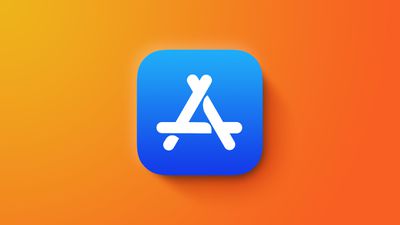
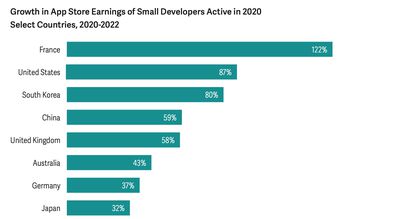
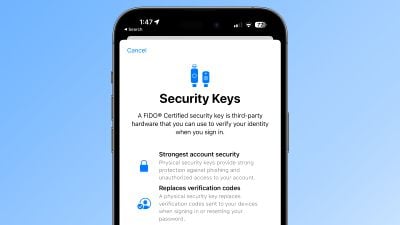
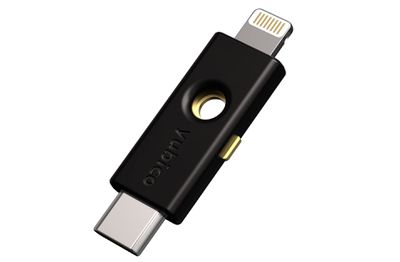
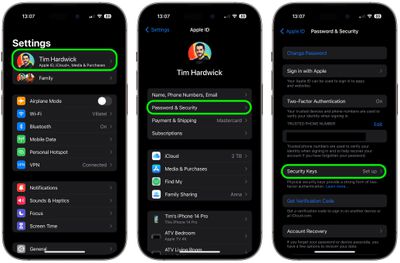
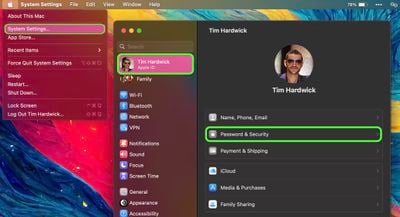
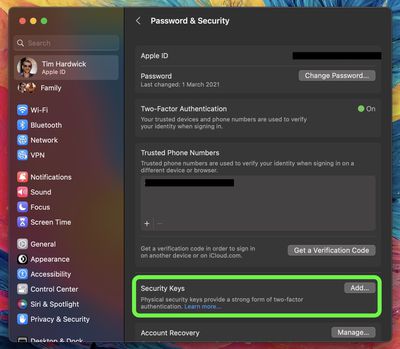

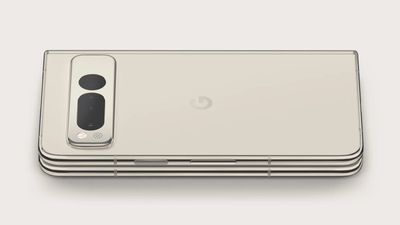
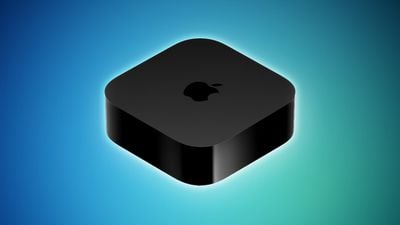
 Note: MacRumors is an affiliate partner with Amazon. When you click a link and make a purchase, we may receive a small payment, which helps us keep the site running.
Note: MacRumors is an affiliate partner with Amazon. When you click a link and make a purchase, we may receive a small payment, which helps us keep the site running.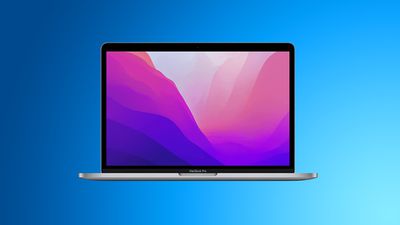 Note: MacRumors is an affiliate partner with Amazon. When you click a link and make a purchase, we may receive a small payment, which helps us keep the site running.
Note: MacRumors is an affiliate partner with Amazon. When you click a link and make a purchase, we may receive a small payment, which helps us keep the site running.